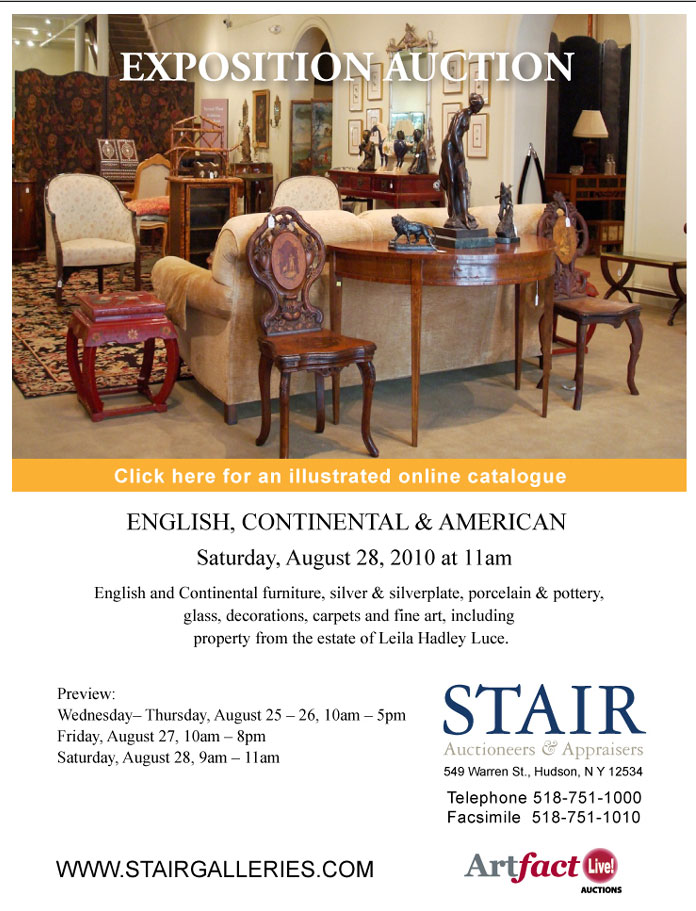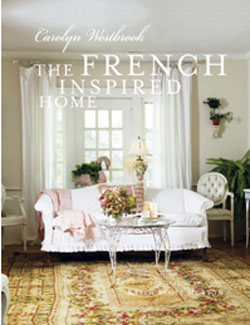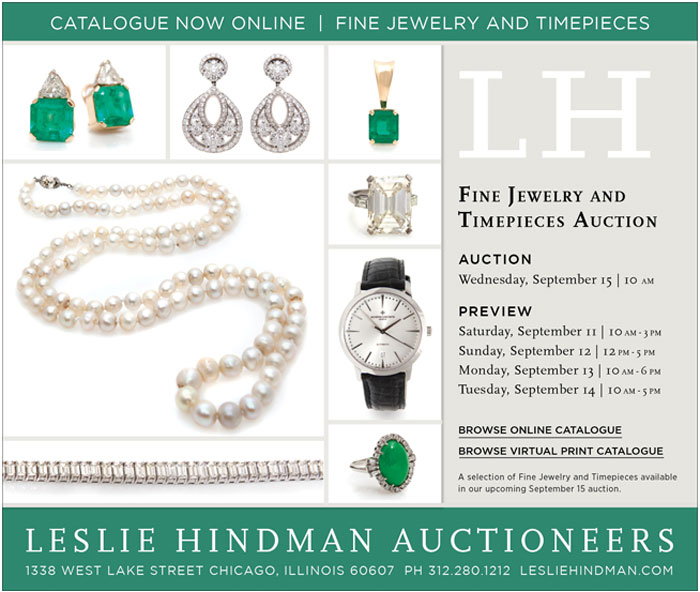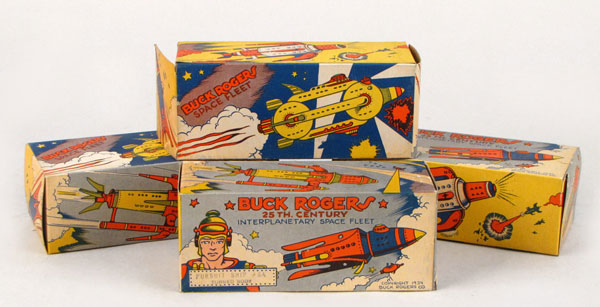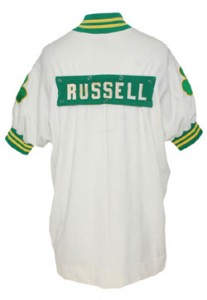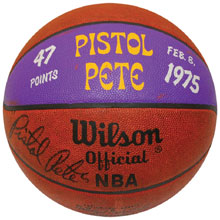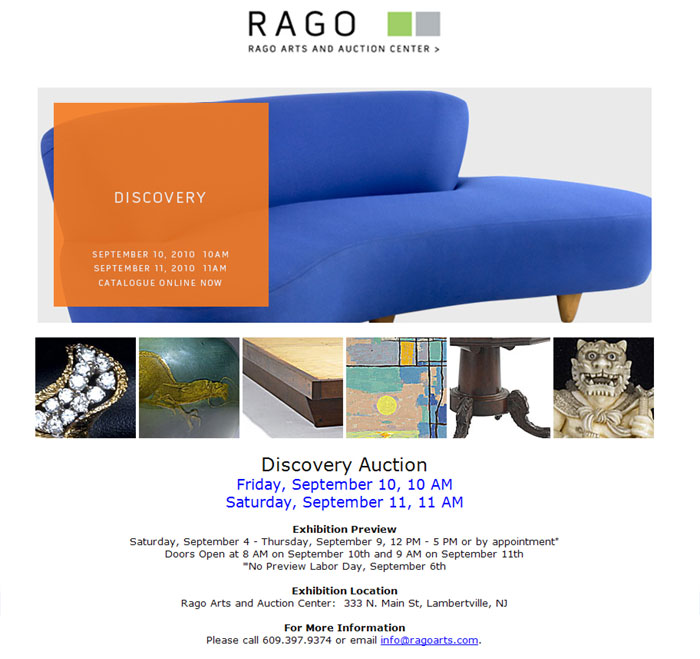Antique Typewriters
August 26th, 2010 by adminAs a writer and a lover of quirky old machinery, there are few collectible antiques more fascinating to me than typewriters. I even love the word “typewriter,” with its punched-out mechanical consonants and its utter obsolescence. My love affair began when my grandparents bequeathed their old machines to me, assuming I could find some use for them in my line of work. I don’t actually use any of my typewriters, but I do gaze at them, and I do carry them (all 130 fragile pounds of them—my Royal weighs more than my dog) from one house to another every time I move.
Over the years I’ve been asked many questions about typewriters, specifically about the value of old machines that arrived in the questioner’s life the same way mine did. It seems as if every day a dusty Remington or Smith Brothers machine is unearthed in a basement and handed over to the nearest writer in the family. I have good news and bad news about this. But first, a little history.
A Short History of the Typewriting Machine, With Anatomy Lesson.
There are two forms of what we call the “typewriter”: The index and the keyboard. The index is a primitive little device that looks like a wheel mounted on a board. It appeared at the end of the 1800’s but was quickly made obsolete by the keyboard, which is somewhat more recognizable. The first successful keyboard typewriter was designed and sold in 1873 by Sholes and Glidden.
The next century brought us two versions of keyboard machine:
The Typebar: In this version, a pressed letter key swings a bar with a molded typeface toward a waiting paper surface. The typeface is either inked by a rollbar, or it collides with an inked ribbon that lies between itself and the paper. Most machines made between 1874 and 1960, despite their fantastic variety, operate by some version of this method.
The Single Element: In this version, all type exists on a drum or ball element and when a key is pressed, the whole element swings around to present the desired type to the paper. This version was popularized in 1960 by the IBM Selectic. Its arrival heralded (to my way of thinking) the end of the typewriter’s golden age.
The strangest and most beautiful typewriter models are the earliest, the ones introduced between 1874 and 1915. These are known as “unconventional”.
In 1895, Underwood designed the first “conventional” model: Four rows of keys, a single shift, ribbon inking, and a front strike type bar. After 1895, conventional models became the norm, and by the 1930s almost all typewriter models looked more or less the same.
Between 1874 (the beginning) and 1960 (the end), typewriters had a fantastic run. Especially during the early years, they symbolized all of the reckless innovative exuberance of the industrial revolution, standing on a perfect overlay between business efficiency and mechanical whimsy.
Collectible Typewriters
Despite their beauty, typewriters have some quirks that set them apart from other memorabilia and collectibles. For one thing, nobody throws typewriters away. So of the millions of Royal and Smith Corona machines produced in the earlier half of the century, most are still in circulation and are surprisingly well cared for. So they are not rare, not usually.
But:
- The world of typewriter collecting is like the wild west right now. There are no catalogue values or price guides as there are with collectable dolls or collectable baseball cards. The value of each machine lies only in the opinion of the buyer and seller. The wild frontiers of antiques collecting are always tamed eventually– In this case, nobody is sure why it’s taking so long.
- This doesn’t apply to typewriters made before 1915. If you own any of these beautiful typewriters, your model is rare and it is certainly valuable, depending on whom you ask:
- American Visible, 1893
- Chicago, 1898
- Corona, 1912
- New Model Crandall, 1881
- Ford, 1895
- Junior, 1907
- This is also true of the following collectible Royals:
- The No 5 Flatbed
- The No 1 Flatbed
- The No 10 with beveled glass windows on the sides.
By Erin Sweeney
for Antiques.com

